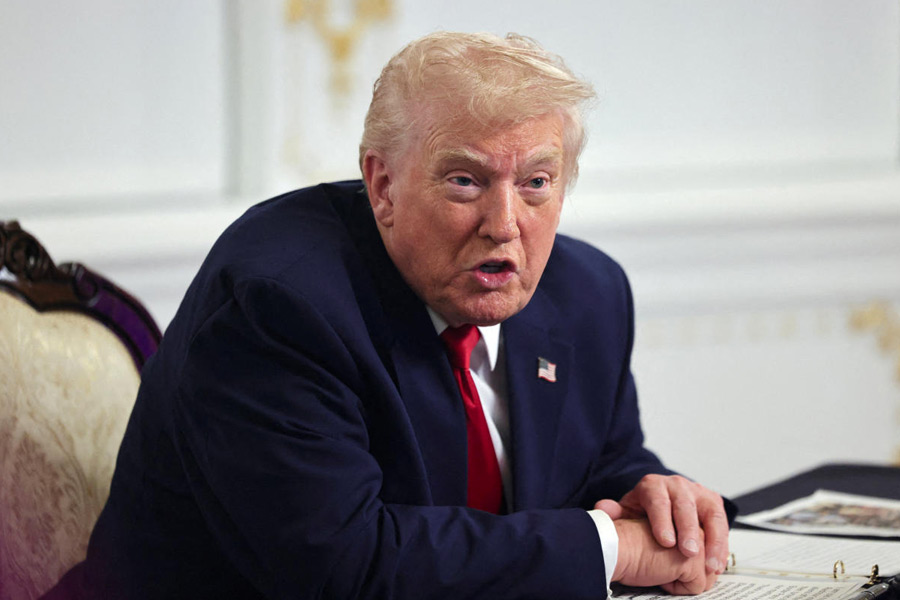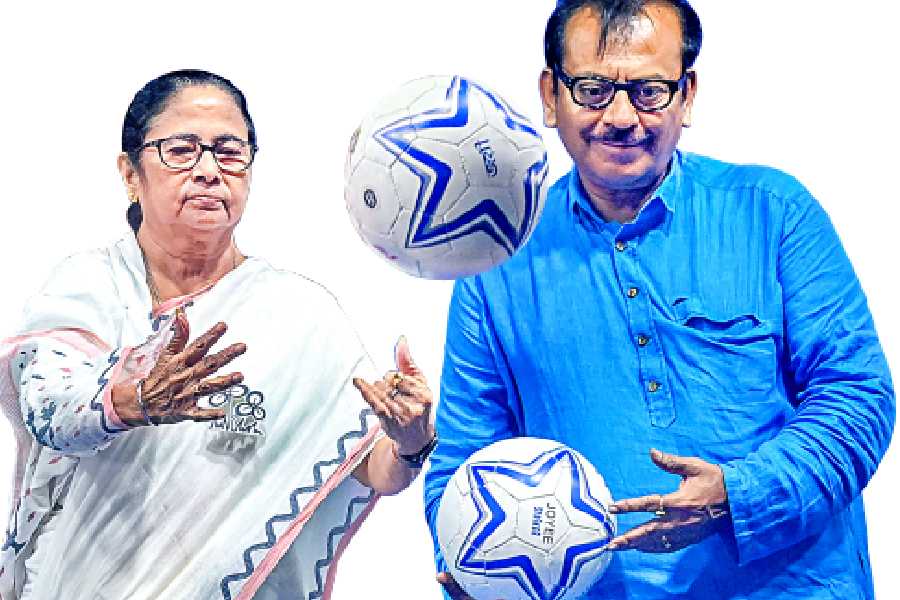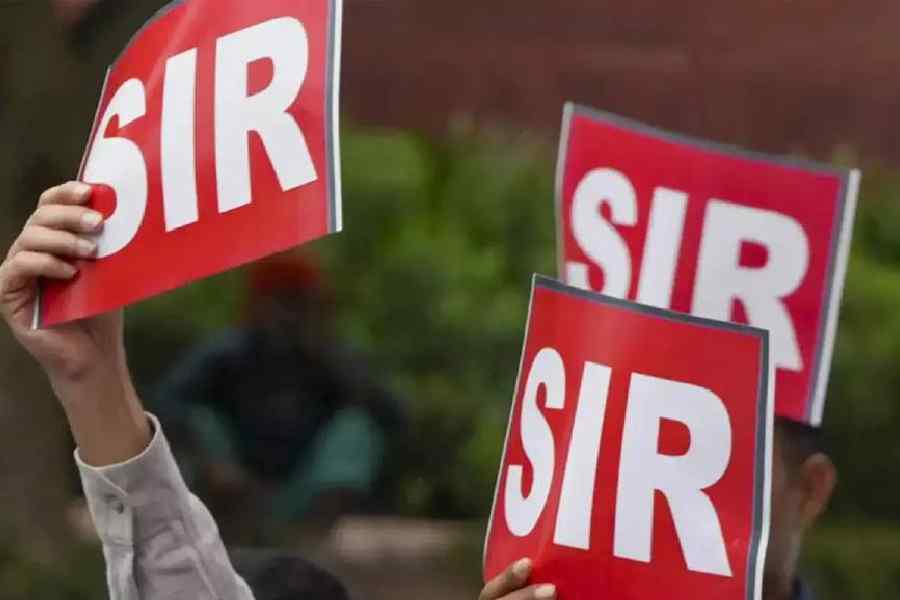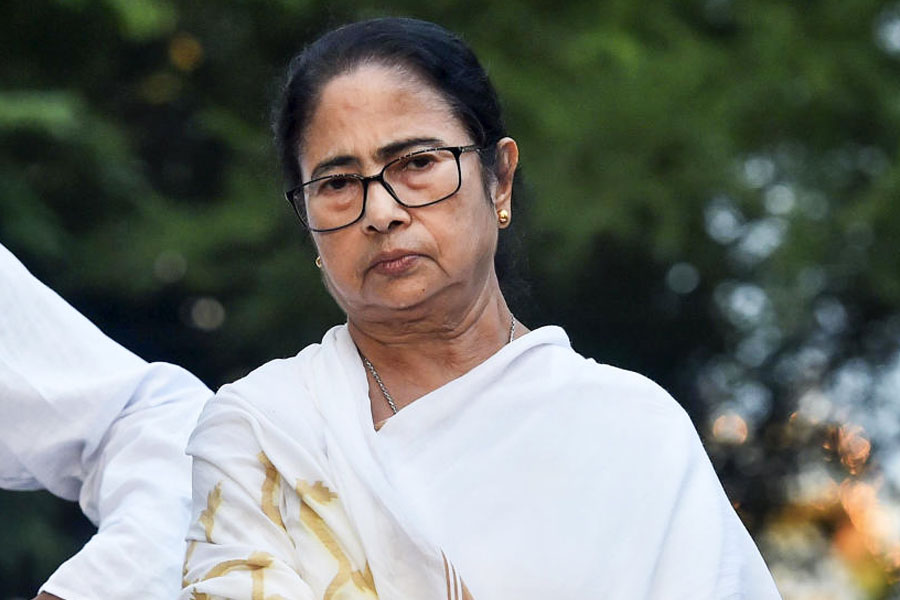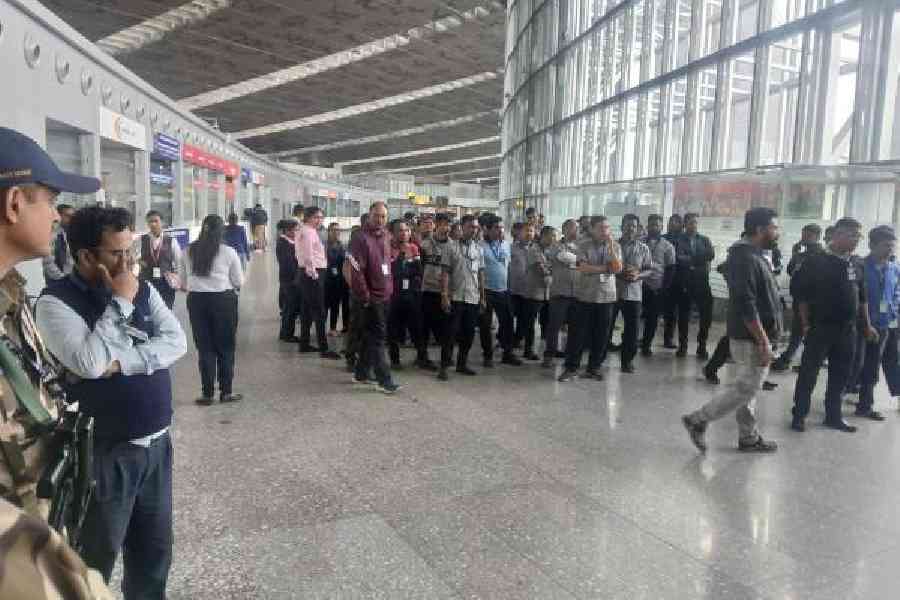|
|
Consider the following statistics. Uttar Pradesh has a population (according to the last census of India, taken in 2001) of 166 million people, but it has no team represented in the Indian Premier League. Maharashtra has a population of a mere 97 million, but two of its cities, Mumbai and Pune, have IPL teams.
Now consider this second set of facts. Uttar Pradesh, Madhya Pradesh and Bihar are three of the most populous states in India. Roughly one in three Indians live there. On the other hand, Kerala, Tamil Nadu, Karnataka and Andhra Pradesh together account for less than one-fourth of the country’s population. Yet there is not one IPL team from those three large states in North India, whereas from next year, 2011, each state of South India will have its own IPL team.
The Constitution of India says that every citizen of India has equal rights. Folklore and reportage confirm that with the exception only of Kashmir and the Northeast, every state of the Indian Union is equally cricket-mad. This lopsided allocation of IPL teams is thus insensitive to democracy and demography. But the choice of new franchises cannot be justified in terms of cricketing logic either. Mumbai dominates Indian cricket — it has won the premier domestic tournament, the Ranji Trophy, more times than any other team. However, in recent years UP’s record in the Ranji Trophy has been far better than Maharashtra’s. Under the inspired leadership of Mohammed Kaif, UP won the Ranji Trophy in 2005-6; it has twice more reached the finals since. On the other hand, Maharashtra last reached the finals in 1992-3. How can one then justify Pune having an IPL team but Kanpur or Lucknow or Agra or Banaras or Allahabad being denied one?
The other beneficiary, Kochi, has an even weaker case. A new franchise should, on cricketing grounds, have gone to a town in UP, or even a town in Madhya Pradesh. Before Mumbai, it was the state of Holkar, headquartered in Indore, which dominated the Ranji Trophy. Led by the immortal C.K. Nayudu, Holkar won the tournament four times in the 1940s and 1950s, and was runners-up on six further occasions. In recent decades Madhya Pradesh has quite often qualified for the knock-out rounds of the Ranji Trophy; it even reached the final in 1998-99. On the other hand, Kerala has always been one of the weakest teams in the tournament. In 40 or 50 years of trying, I do not believe it has ever got past the league stage of the Ranji Trophy.
This maldistribution of IPL franchises undermines its claim to be ‘Indian’, and is in defiance of sporting history and achievement as well. The truth is that citizenship and cricket have been comprehensively trumped by the claims of commerce. Uttar Pradesh, Madhya Pradesh, and Bihar are three of the poorest states in the Union. On the other hand, Tamil Nadu and Maharashtra are among the most prosperous. Karnataka, Kerala and Andhra Pradesh are somewhere in the middle, but they have this further advantage — all have witnessed a spurt in industrial and urban development in recent years, and all have properly functioning international airports for the cricketers — or gladiators — to come and go from.
There are other advantages that Kochi and Pune have over Lucknow or Indore. Both towns have an active night life, for example, with pubs and hotels where the staff speak English, and where the players, the support staff, and the hangers-on can spend time after the matches. Considerations such as these, and not love of cricket or competence at cricket, is what the new entrants share with existing franchisees such as Bangalore, Delhi, Hyderabad, and Mumbai.
The Indian Premier League may be more appropriately renamed the League of Privileged Indians. For this tournament both reflects and further intensifies a deep divide between the India of wealth and entitlement and the India — or Bharat — of poverty and disenfranchisement. Writing about the dangerous growth of inequality in India, the economist, Amartya Sen, warned some years ago that if present trends continued, half of India would look like the American state of California, the other half like sub-Saharan Africa. Since he made this comment, California has been beset with an acute — and apparently irreversible — fiscal crisis. Perhaps we might then substitute the state of Massachusetts for it. But the point remains; there are indeed two Indias, the one which is awarded IPL franchises, and the other which is not.
The promoters of the IPL claim to be speaking on behalf of Indian cricket. However, the polarizing instincts of their tournament run counter to — and threaten to defeat —the inclusive and democratizing trends that were inaugurated by the victory of the Indian cricket team in the 1983 World Cup and the boom in satellite television that followed. From the 1950s to the 1970s, Indian cricket was dominated by a handful of large cities — such as Mumbai, Delhi, Chennai, Hyderabad, Calcutta and Bangalore. But from the 1980s onwards, smaller and previously more obscure centres started sending players to the national side. Cricketers from towns in Bihar, Orissa, UP, Haryana, Madhya Pradesh, from Vadodara, even Jharkhand, began winning India caps. Simultaneously, international matches, once held only in the big metros, now began being hosted by Guwahati, Cuttack, Gwalior, Jamshedpur, and the like.
Whether by chance or design, the IPL shall establish a new hierarchy between the centres and cities it favours and those that it doesn’t, a hierarchy that has all to do with economic privilege and nothing to do with sport. This bias towards the richer parts of India was made even more visible when Hyderabad and Jaipur could not, for different reasons, host the matches of their own teams this year. The Deccan Chargers moved to Mumbai (which now hosted two teams), while the Rajasthan Royals were accommodated in Ahmedabad, capital of the affluent state of Gujarat. But why could Cuttack or Indore or Kanpur not have been allocated these matches instead?
The IPL claims it will create enduring loyalties among its fans. By definition these will be restricted to the population of 10 cities, and to the affluent among them. In the past, less privileged Indians could identify with our greatest cricketers. Once, when C.K. Nayudu hit a century against an M.C.C. team, the textile workers of Parel raised money for a gold medal for him. An adivasi from Jharkhand identifies with Mahendra Singh Dhoni when he plays for their home state, and when he plays for their shared country — he is seen, in both instances, in a possessive and proprietal sense, as hamara Dhoni. However, when Dhoni or Tendulkar play for their IPL team they are, in the first instance, toy boys of the billionaires who ‘own’ them, with some of this proprietary urge being shared by the League of Privileged Indians who, at tickets that are priced Rs 40,000 and downwards, watch IPL matches.
Several commentators on India’s growth trajectory have remarked on the dangers, at once economic, social and political, of excessive income and status inequalities. Whereas a modern and properly patriotic middle class would seek to make economic growth inclusive, the bulk of the Indian elite has tended to operate in their own, self-referential, worlds, ignorant or contemptuous of the life and labours of their less fortunate compatriots. To be sure, the IPL has not created or constructed these inequalities — but it has certainly confirmed and consolidated them.



